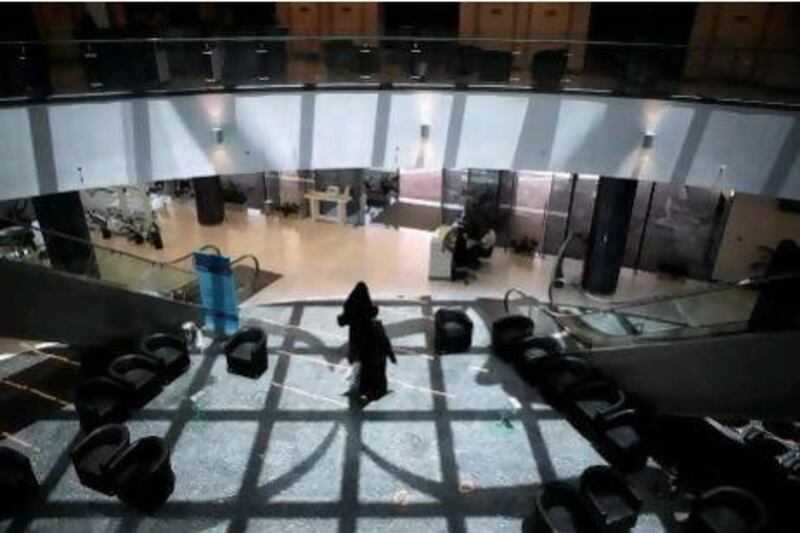ABU DHABI // When the Urban Planning Council launched its sustainability programme, Estidama, two years ago, pitching the green building guidelines was not an easy sell.
But since becoming mandatory in September 2010, more than 100 developments in the emirate have received a two-pearl rating for green design through the system. Another three have earned the same rating, out of five pearls, for the construction phase.
Buildings also receive a sustainability rating for operation, which is assessed two years after completion.
"If you haven't done it before, sustainable is tough," said Edwin Young, an adviser for Estidama. "Last year, at this time, no one wanted to do even one pearl. The first response is an automatic rejection saying 'I don't want to do it'."
Developers, builders and consultants initially baulked at the concept of green building, and nearly all the construction applications in the first three months after Estidama came online were rejected because they did not meet sustainability requirements.
In the past year, however, attitudes have been quickly changing and the Urban Planning Council (UPC) is now training 30 people a week to use the programme.
"We spent a lot of last year talking about myth and fact," Mr Young said. "People thought Estidama was going to affect present buildings, or it was going to be impossible to get materials. We've changed the focus, and we're raising awareness."
Experts at the World EcoConstruct Summit last week applauded the emirate's progress but warned that the battle was far from won.
"This is about change," said Matthew Plumbridge, an environmental and sustainability planning consultant for the Department of Municipal Affairs. "We're going from the abstract to the mainstream, and it's interesting to measure the rate of adoption. Changing attitudes is a challenge, for sure, and it can't happen overnight."
Abu Dhabi's first completed Estidama-compliant building - the Imperial College London Diabetes Centre in Al Ain, which opened late last year - used locally sourced materials and has a solar heating system. In addition to demonstrating significantly lower energy and water consumption, the project served as a test for Estidama.
Mazen Al Dahmani, the centre's general manager, said a dearth of Estidama-qualified consultants proved a challenge during construction.
"We needed an additional team to support and guide the consultants and contractor," he said.
Mr Young said about 600 professionals were now qualified with Estidama, but added that training local consultants has been one of the UPC's biggest challenges.
"We still have some issues overall, but people are now coming around," he said. "Estidama is still a baby. This year has seen so much progress, and we couldn't be prouder."
Saeed Alabbar, the vice chairman of the Emirates Green Building Council, a forum of industry professionals dedicated to environment-friendly practices, said the progress in the past few years could be attributed to economic factors.
"We're seeing everyone on board now - builders, suppliers, government agencies," Mr Alabbar said.
"It's an economic driver; building green buildings makes more economic sense than not building green buildings. They're seeing an opportunity to meet a demand."
Sustainability will work, though, only if the occupants of green buildings change their behaviour.
"Occupiers play an important role," said Rym Baouendi, an adviser for Estidama.
"We can improve sustainable education. Estidama pays a lot of attention to cultural aspects as well. When it comes to behaviour, we have an opportunity to promote our message in places like mosques and schools. We have to spread the word about how behaviour can have a positive impact."
The next battle will be encouraging homeowners to go green when renovating or refurbishing structures that were built before Estidama became mandatory
"We've still got a long way to go," Mr Alabbar said. "We need to drive energy and water conservation, especially in existing buildings."





